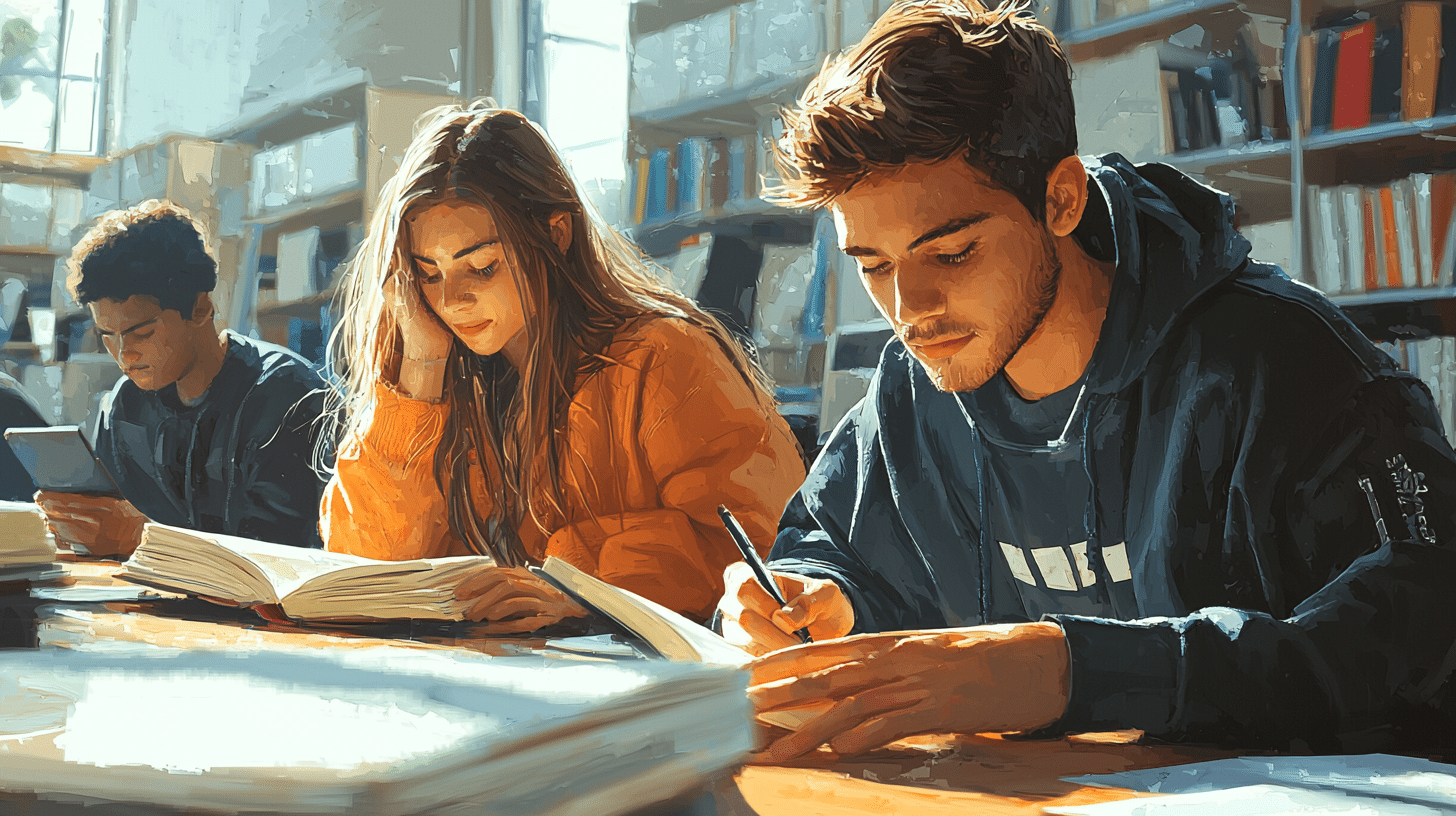Learning how to describe people and their physical appearance is a fundamental aspect of mastering any language. In Bosnian, knowing the right vocabulary and phrases can help you communicate more effectively in various social interactions. Whether you’re making new friends, describing someone to a third party, or just practicing your language skills, this guide will provide you with the essential tools to describe people and their physical appearance in Bosnian.
Basic Adjectives for Describing Physical Appearance
To begin with, it’s important to know some basic adjectives that can be used to describe a person’s appearance. Here are some common adjectives in Bosnian along with their English translations:
– **Visok** – Tall
– **Nizak** – Short
– **Mršav** – Thin/Skinny
– **Debeo** – Fat
– **Lijep** – Beautiful (for both men and women, but more commonly used for women)
– **Zgodan** – Handsome (typically used for men)
– **Star** – Old
– **Mlad** – Young
When using these adjectives, remember that Bosnian is a gendered language, so the endings of adjectives may change depending on the gender of the person being described.
Gender Agreement in Adjectives
In Bosnian, adjectives must agree in gender and number with the nouns they describe. Here are some examples to illustrate this:
– **Visok** (tall, masculine) becomes **Visoka** (tall, feminine).
– **Lijep** (beautiful, masculine) becomes **Lijepa** (beautiful, feminine).
– **Star** (old, masculine) becomes **Stara** (old, feminine).
For instance:
– On je visok. (He is tall.)
– Ona je visoka. (She is tall.)
Describing Hair and Eye Color
Describing someone’s hair and eye color is a common way to identify or talk about someone. Here are some useful vocabulary words related to hair and eyes:
**Hair:**
– **Kosa** – Hair
– **Plava kosa** – Blonde hair
– **Smeđa kosa** – Brown hair
– **Crna kosa** – Black hair
– **Crvena kosa** – Red hair
– **Sijeda kosa** – Grey hair
– **Kratka kosa** – Short hair
– **Duga kosa** – Long hair
– **Kovrdžava kosa** – Curly hair
– **Ravna kosa** – Straight hair
**Eyes:**
– **Oči** – Eyes
– **Plave oči** – Blue eyes
– **Smeđe oči** – Brown eyes
– **Zelene oči** – Green eyes
– **Sive oči** – Grey eyes
Example sentences:
– Ona ima plavu kosu. (She has blonde hair.)
– On ima smeđe oči. (He has brown eyes.)
Describing Facial Features
Facial features can also be described in Bosnian with specific vocabulary. Here are some words and phrases that can help:
– **Lice** – Face
– **Nos** – Nose
– **Velik nos** – Big nose
– **Mali nos** – Small nose
– **Oči** – Eyes
– **Usta** – Mouth
– **Usne** – Lips
– **Široka usta** – Wide mouth
– **Uzak nos** – Narrow nose
– **Obrazi** – Cheeks
– **Brada** – Chin/Beard
– **Pjegice** – Freckles
Example sentences:
– Ona ima široka usta. (She has a wide mouth.)
– On ima pjegice. (He has freckles.)
Describing Height and Build
Describing someone’s height and build can be quite straightforward if you know the right vocabulary:
– **Visok** – Tall
– **Nizak** – Short
– **Srednje visine** – Medium height
– **Mršav** – Thin/Skinny
– **Debeo** – Fat
– **Zgodan** – Handsome/Good-looking
Example sentences:
– On je srednje visine. (He is of medium height.)
– Ona je mršava. (She is thin.)
Complex Descriptions and Combining Adjectives
When you want to give a more detailed description, you can combine multiple adjectives. In Bosnian, adjectives usually come before the noun they describe, and they must agree in gender and number with that noun.
Example:
– On je visok i mršav čovjek. (He is a tall and thin man.)
– Ona je lijepa i zgodna žena. (She is a beautiful and good-looking woman.)
Describing Clothing and Accessories
Describing what someone is wearing can also be a part of describing their appearance. Here are some useful words:
– **Odjeća** – Clothing
– **Majica** – T-shirt
– **Košulja** – Shirt
– **Hlače** – Pants
– **Haljina** – Dress
– **Suknja** – Skirt
– **Cipele** – Shoes
– **Naušnice** – Earrings
– **Naočale** – Glasses
Example sentences:
– Ona nosi crvenu haljinu. (She is wearing a red dress.)
– On nosi naočale. (He wears glasses.)
Practice and Application
To get better at describing people and their physical appearance in Bosnian, practice is key. Try to describe people you see in everyday life or characters in movies and books. This will help reinforce the vocabulary and structures you’ve learned.
Here are some practice sentences to get you started:
1. On je visok i ima crnu kosu. (He is tall and has black hair.)
2. Ona je niska i ima plave oči. (She is short and has blue eyes.)
3. On nosi bijelu košulju i crne hlače. (He is wearing a white shirt and black pants.)
4. Ona ima dugu, kovrdžavu kosu i smeđe oči. (She has long, curly hair and brown eyes.)
5. On ima sijedu kosu i bradu. (He has grey hair and a beard.)
Conclusion
Describing people and physical appearance in Bosnian can initially seem daunting, but with practice, you’ll find it becomes much easier. Remember to pay attention to gender agreement in adjectives and to practice regularly. By expanding your vocabulary and becoming familiar with common descriptive phrases, you’ll be well on your way to mastering this essential aspect of the Bosnian language.
Happy learning!

